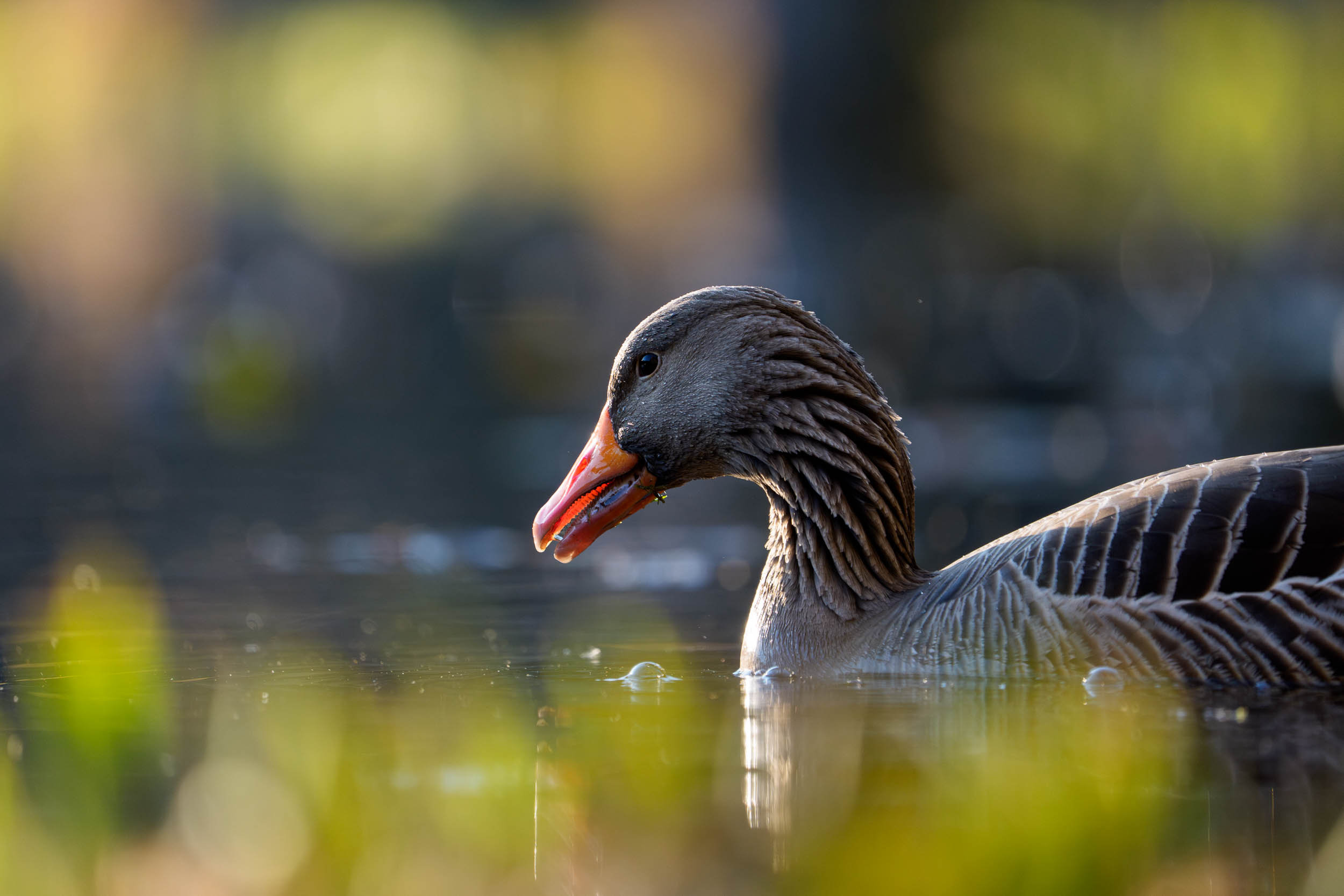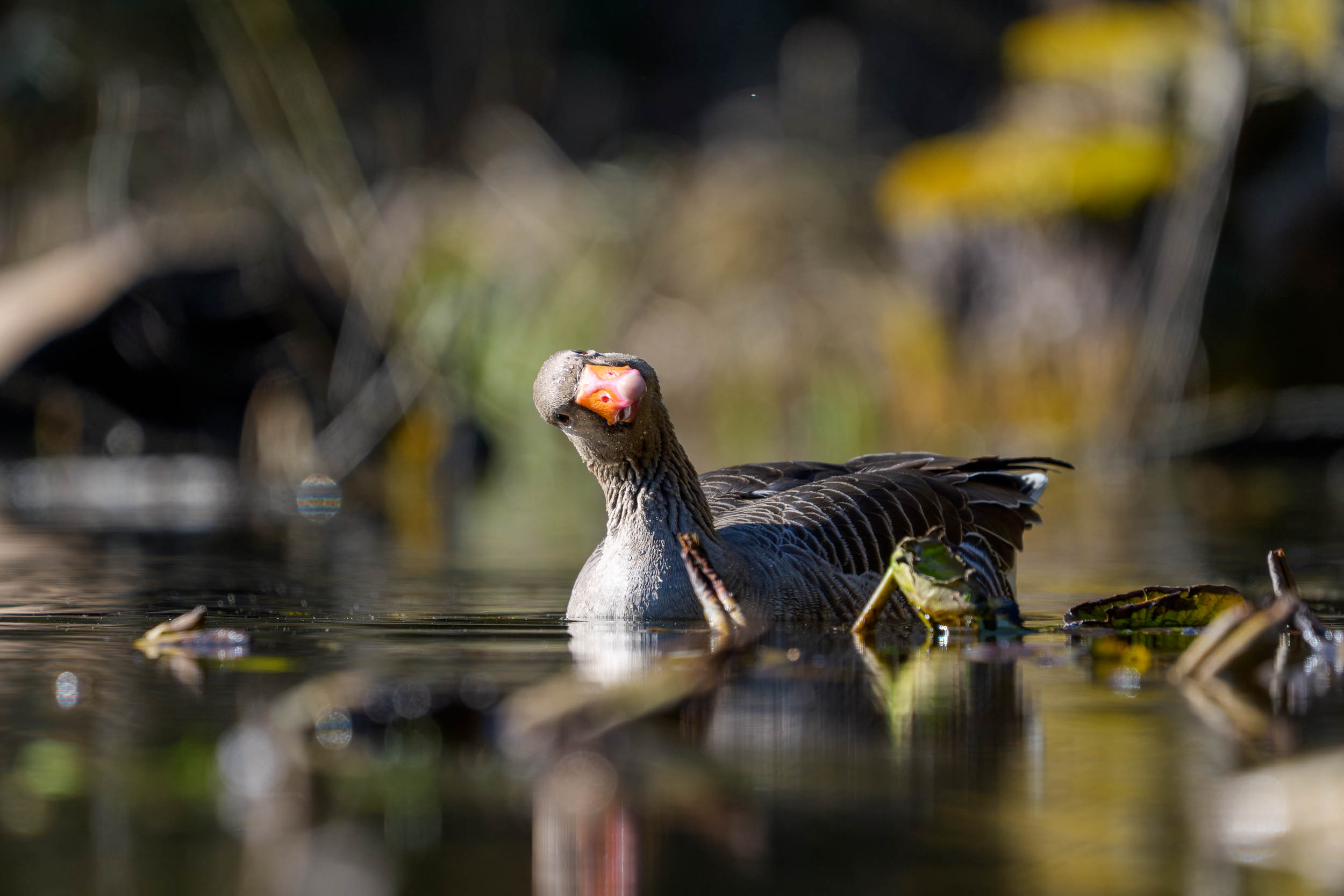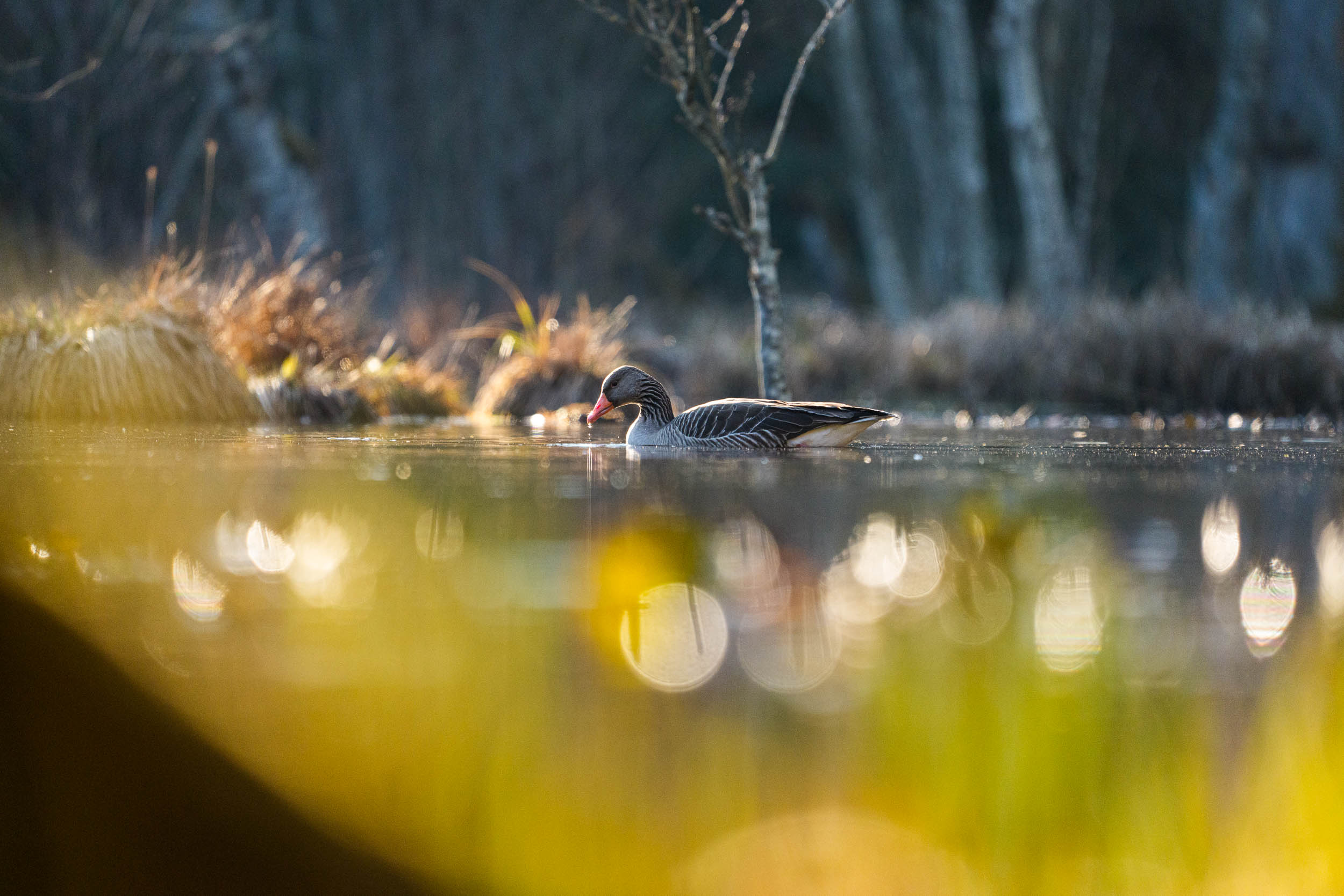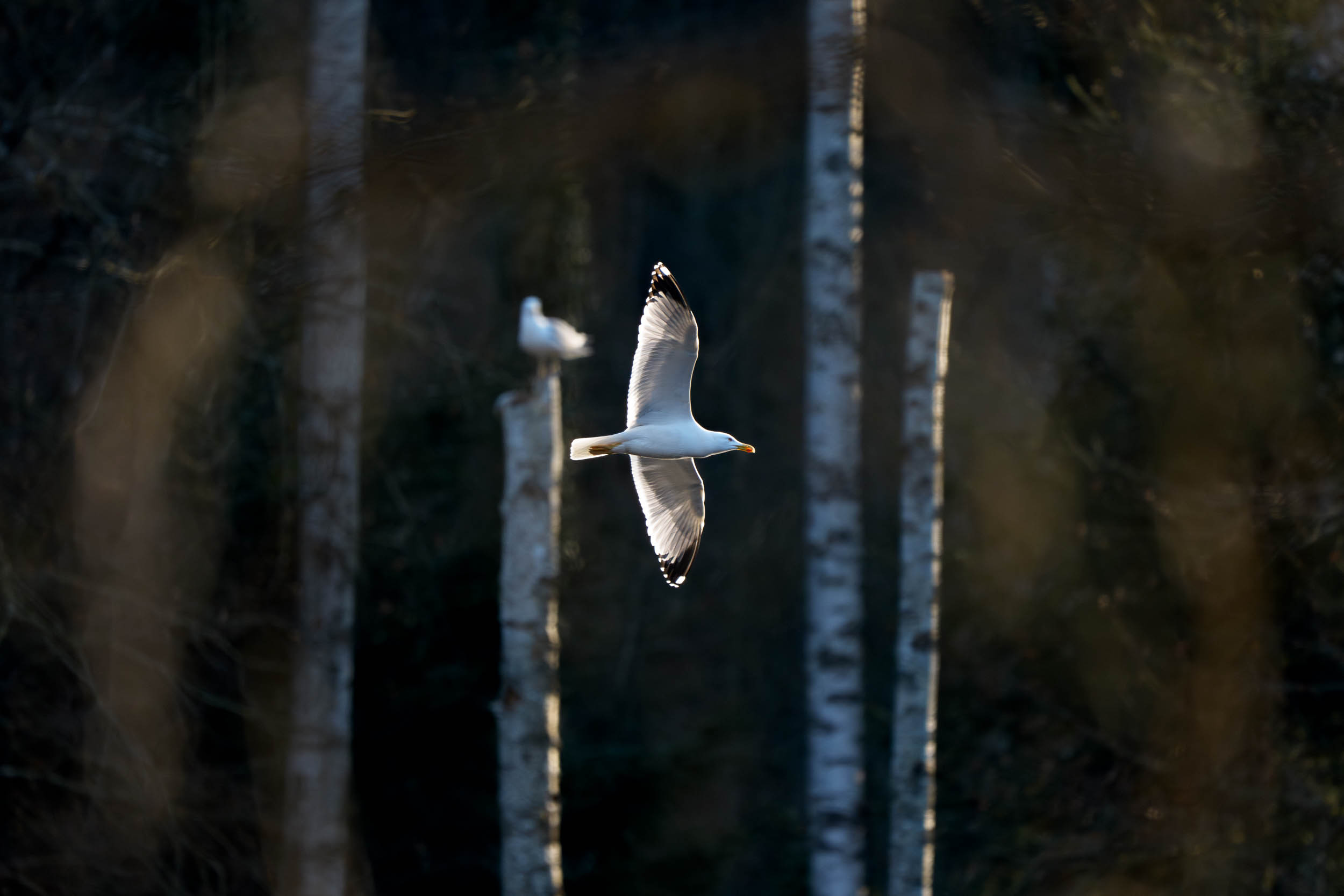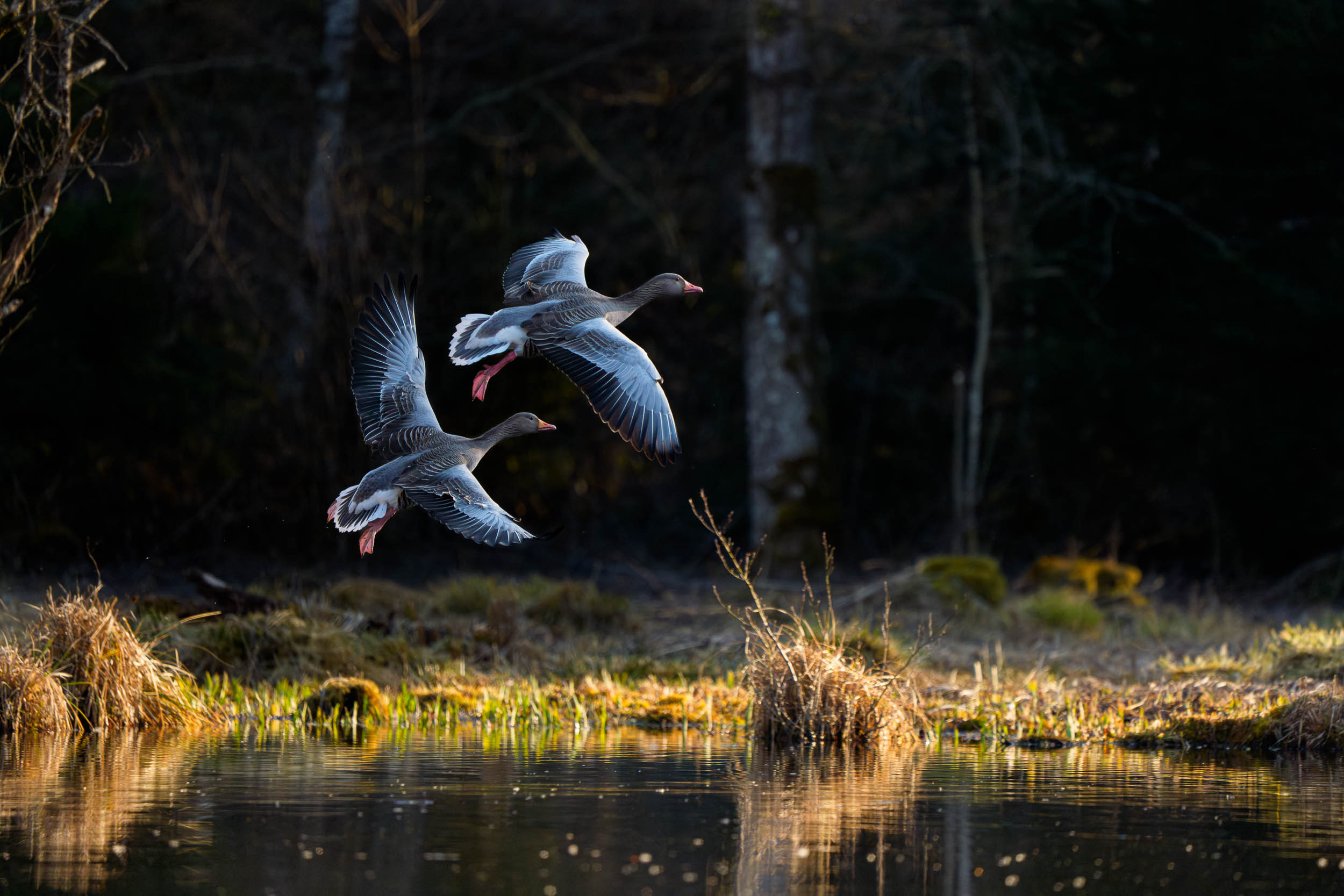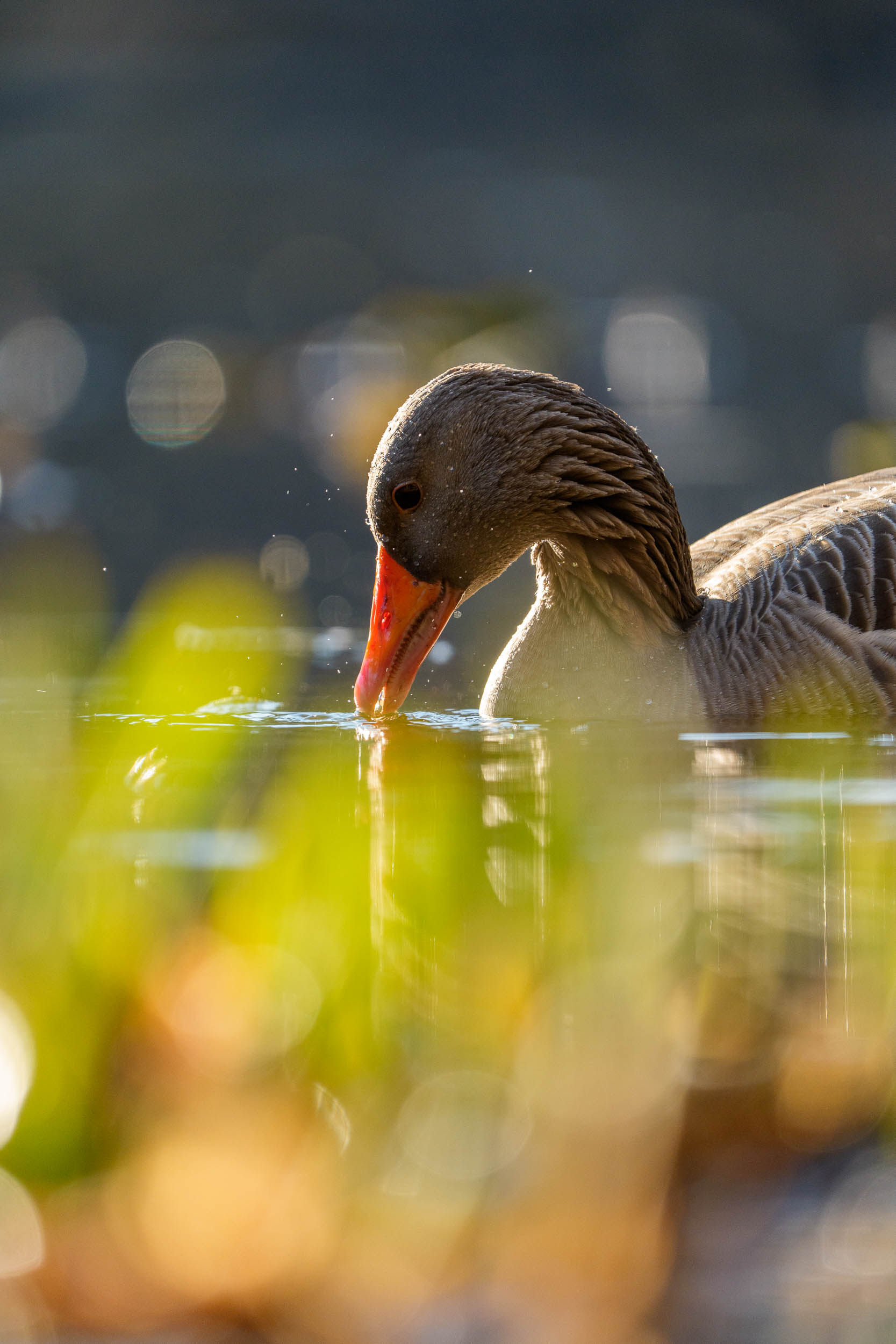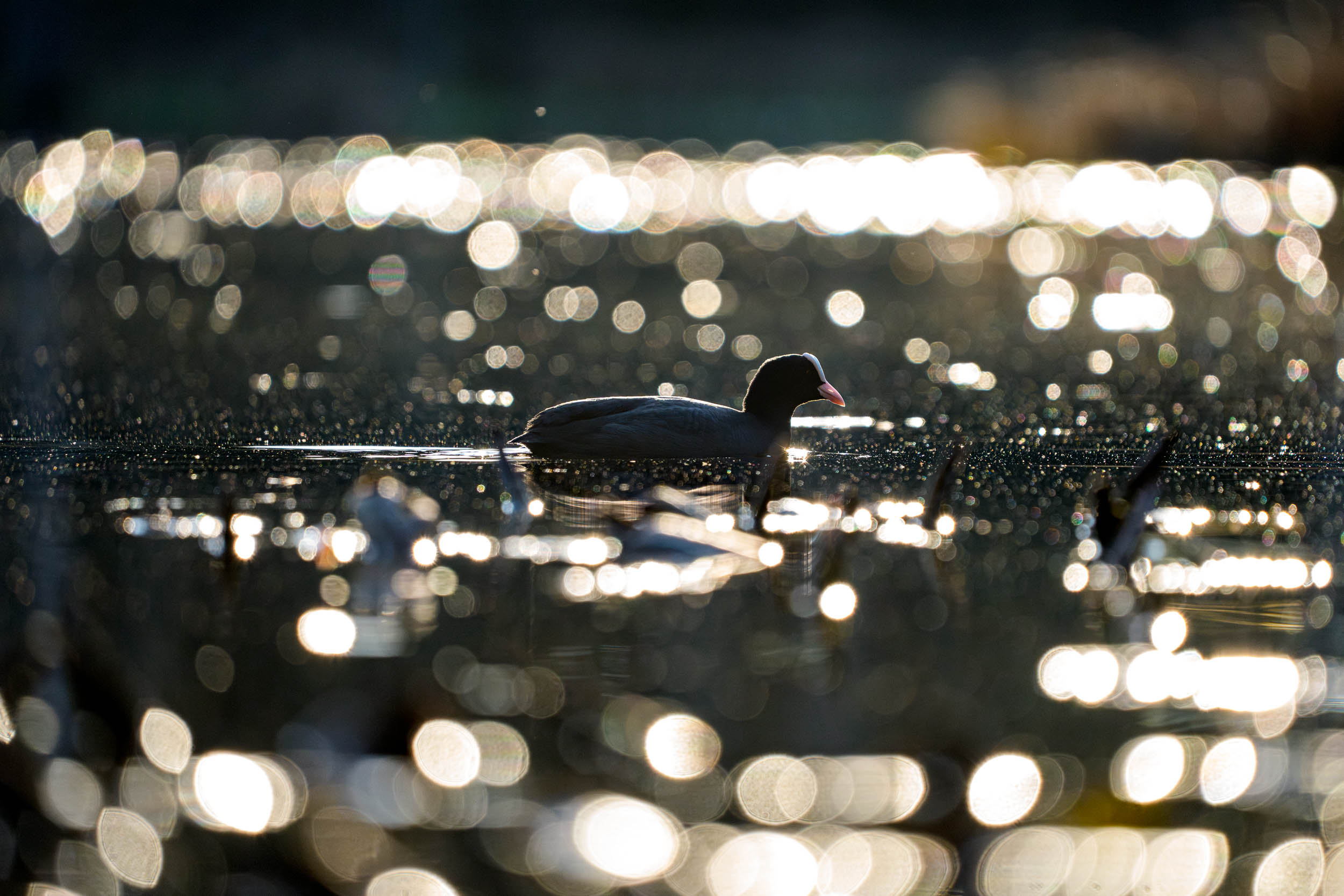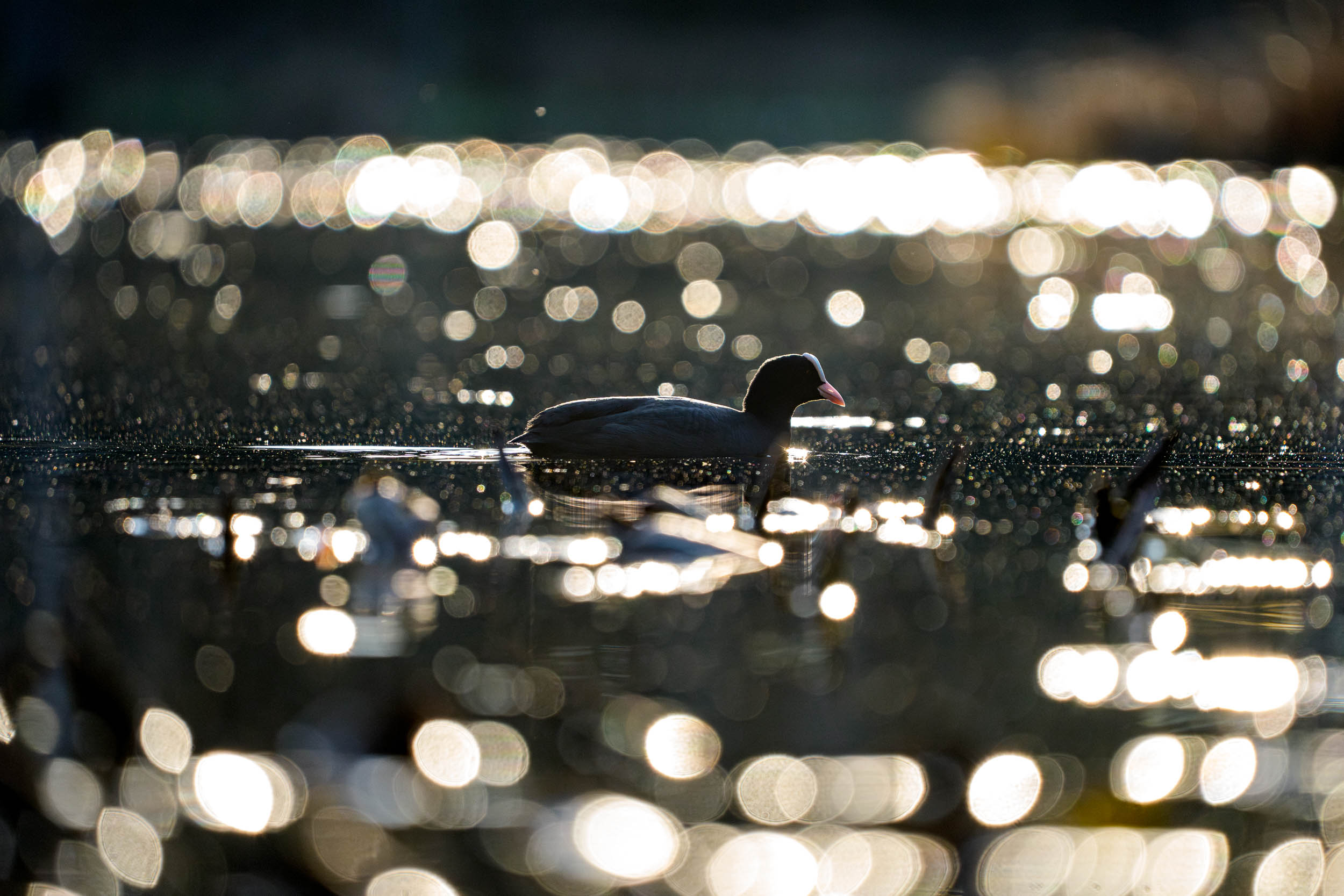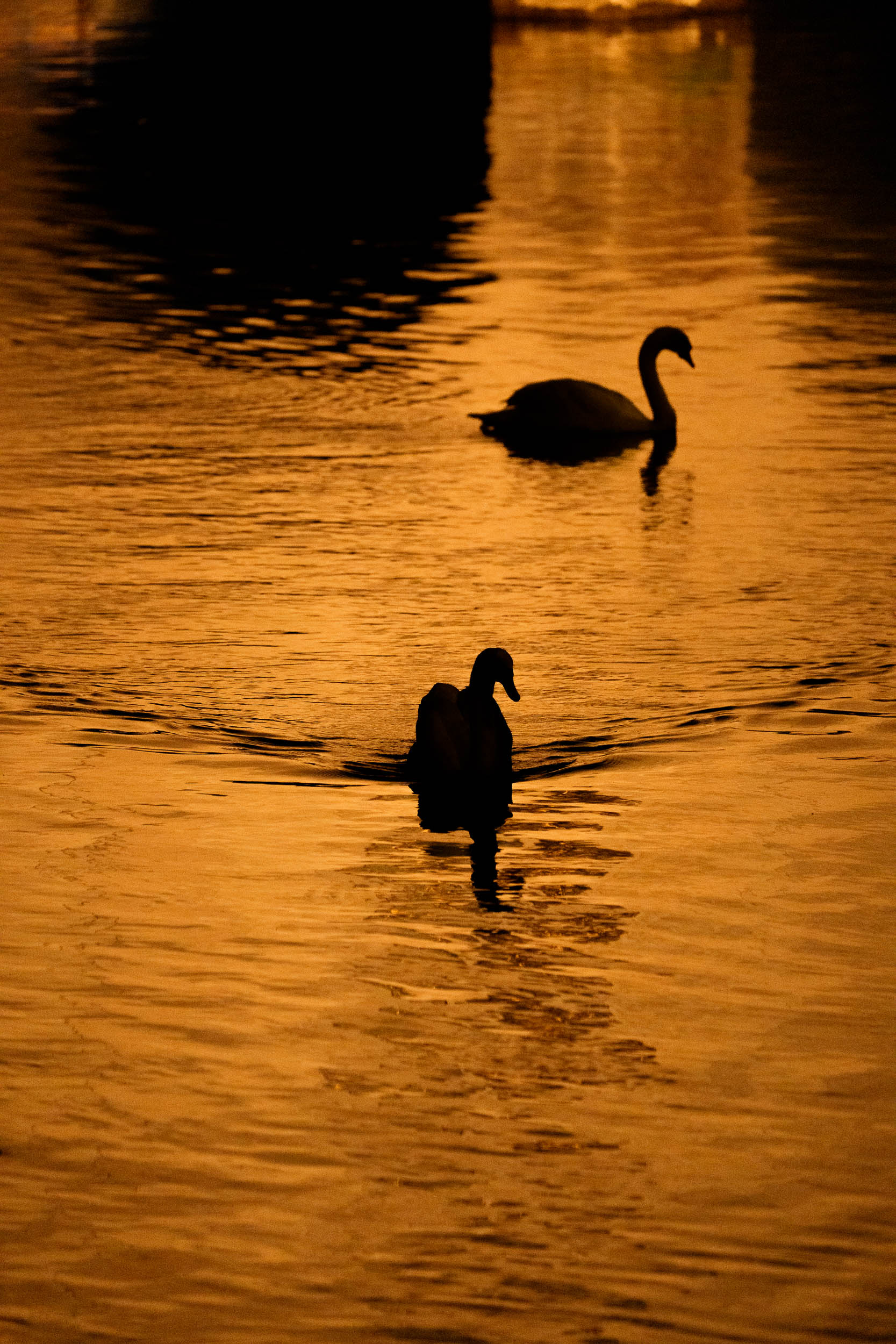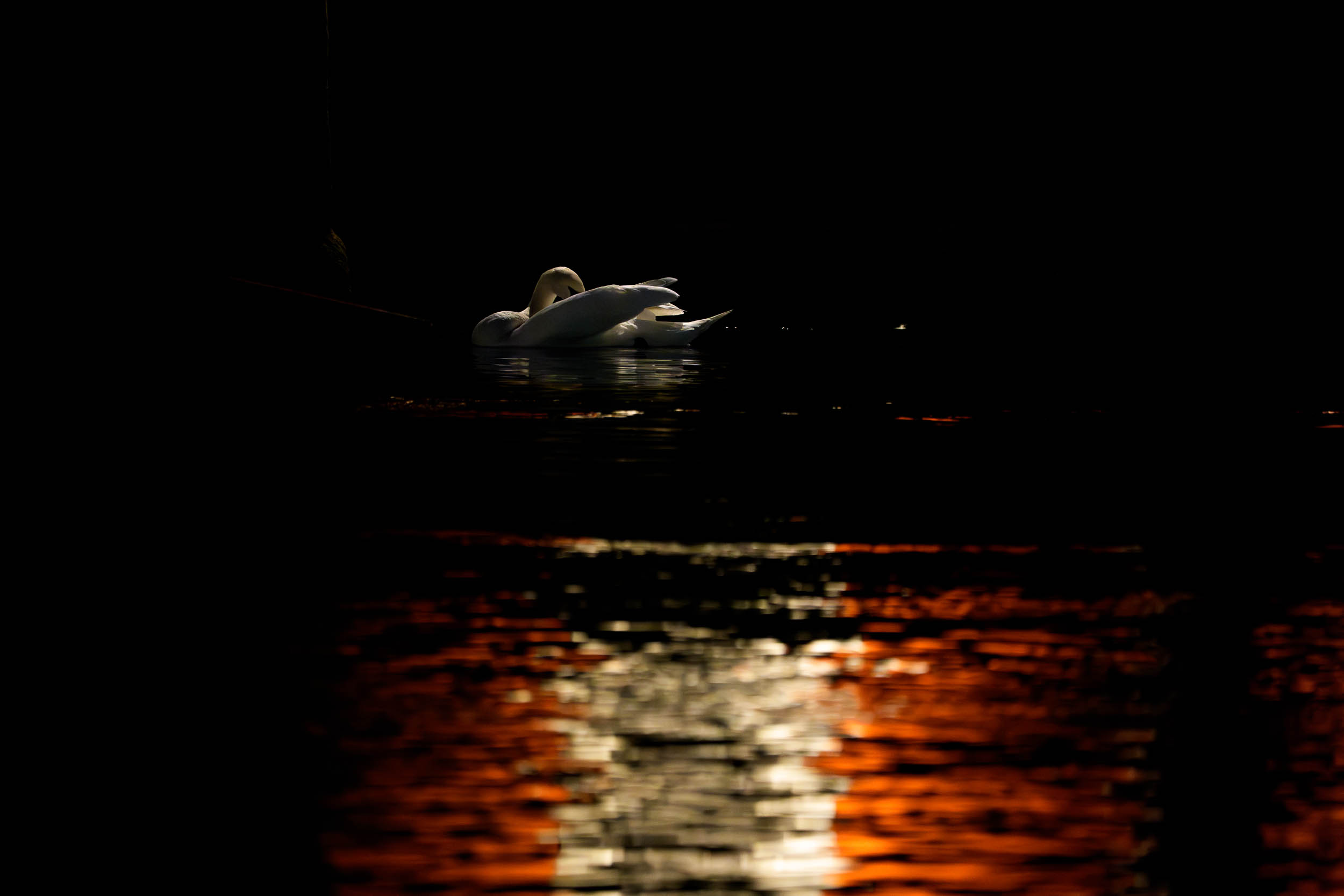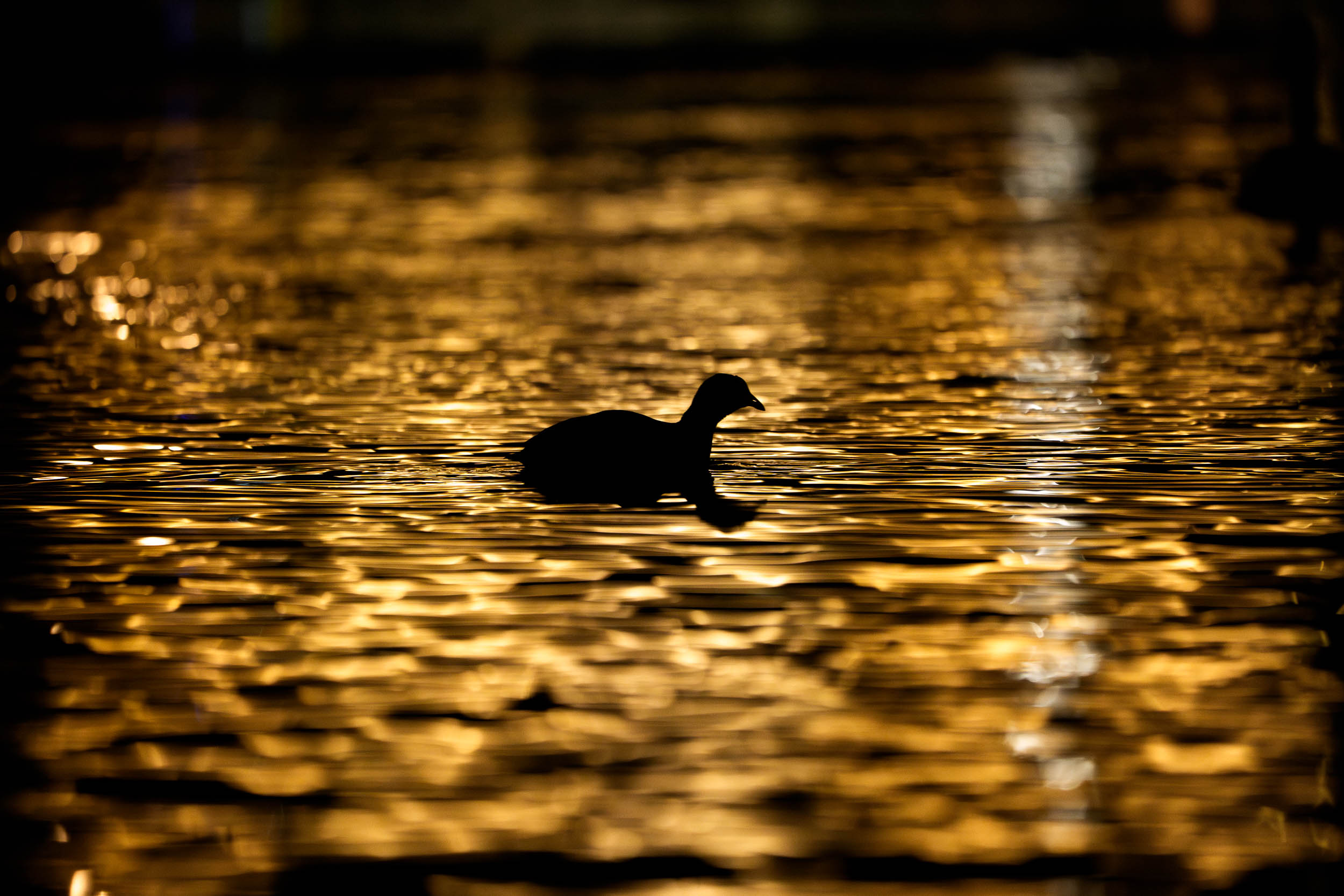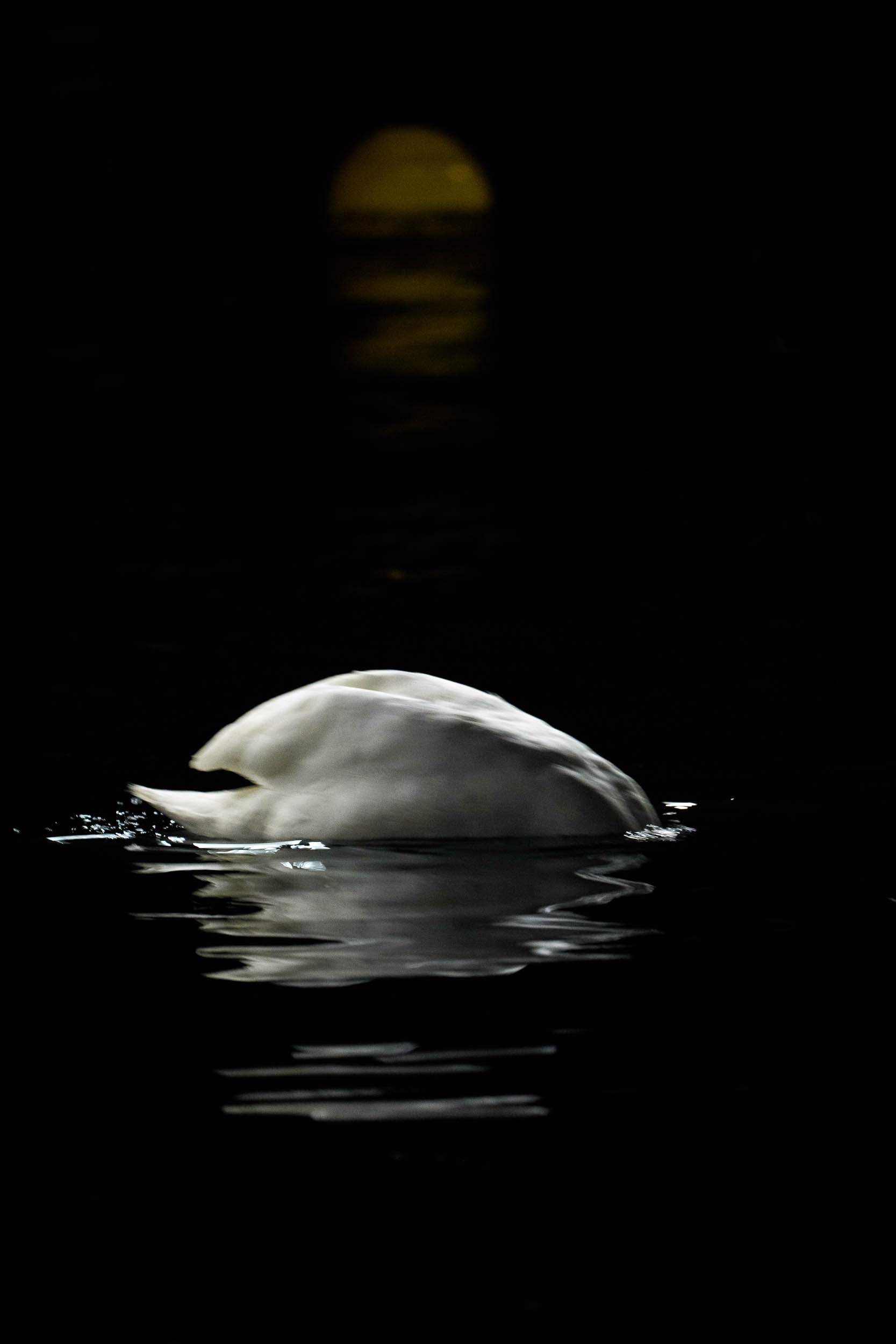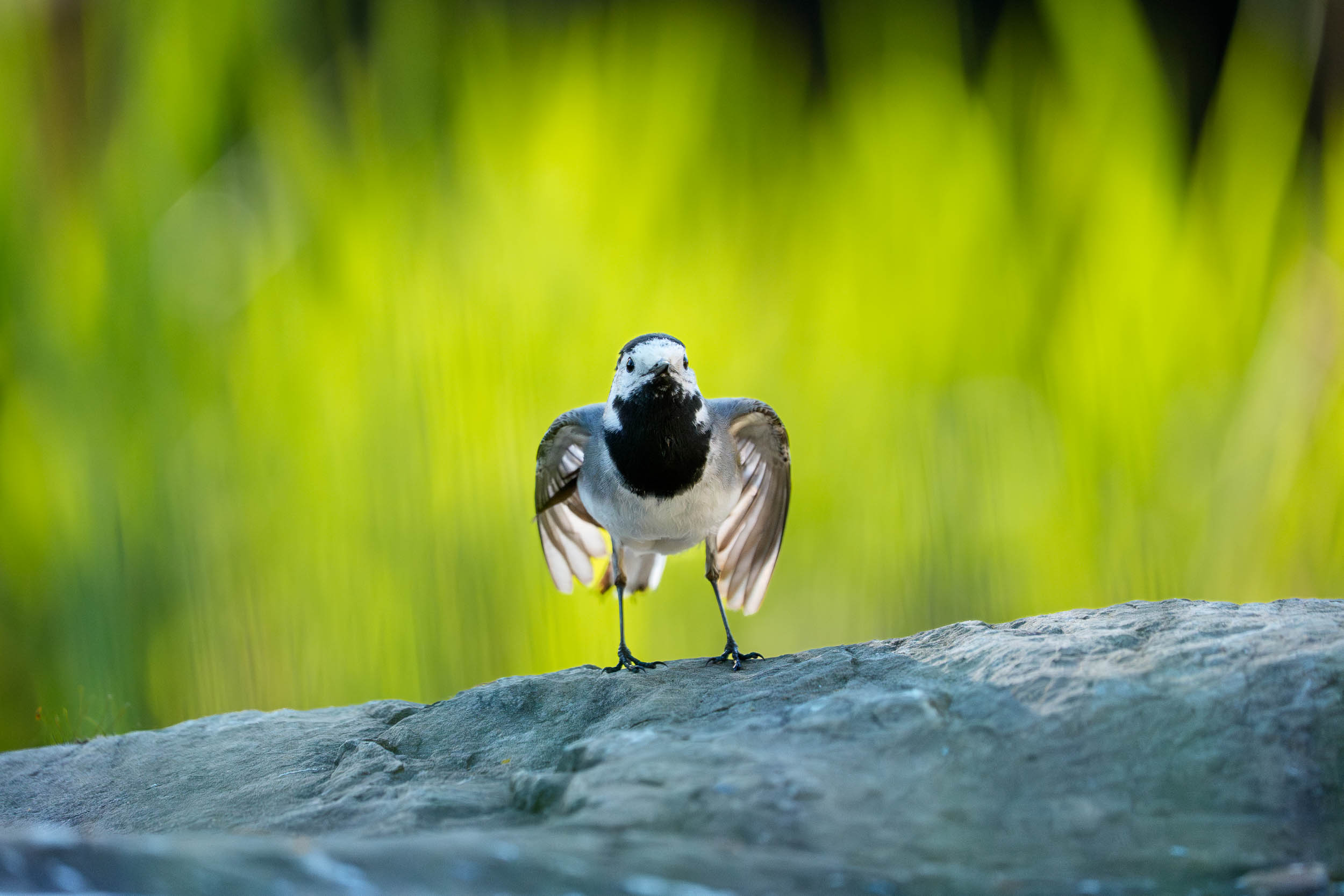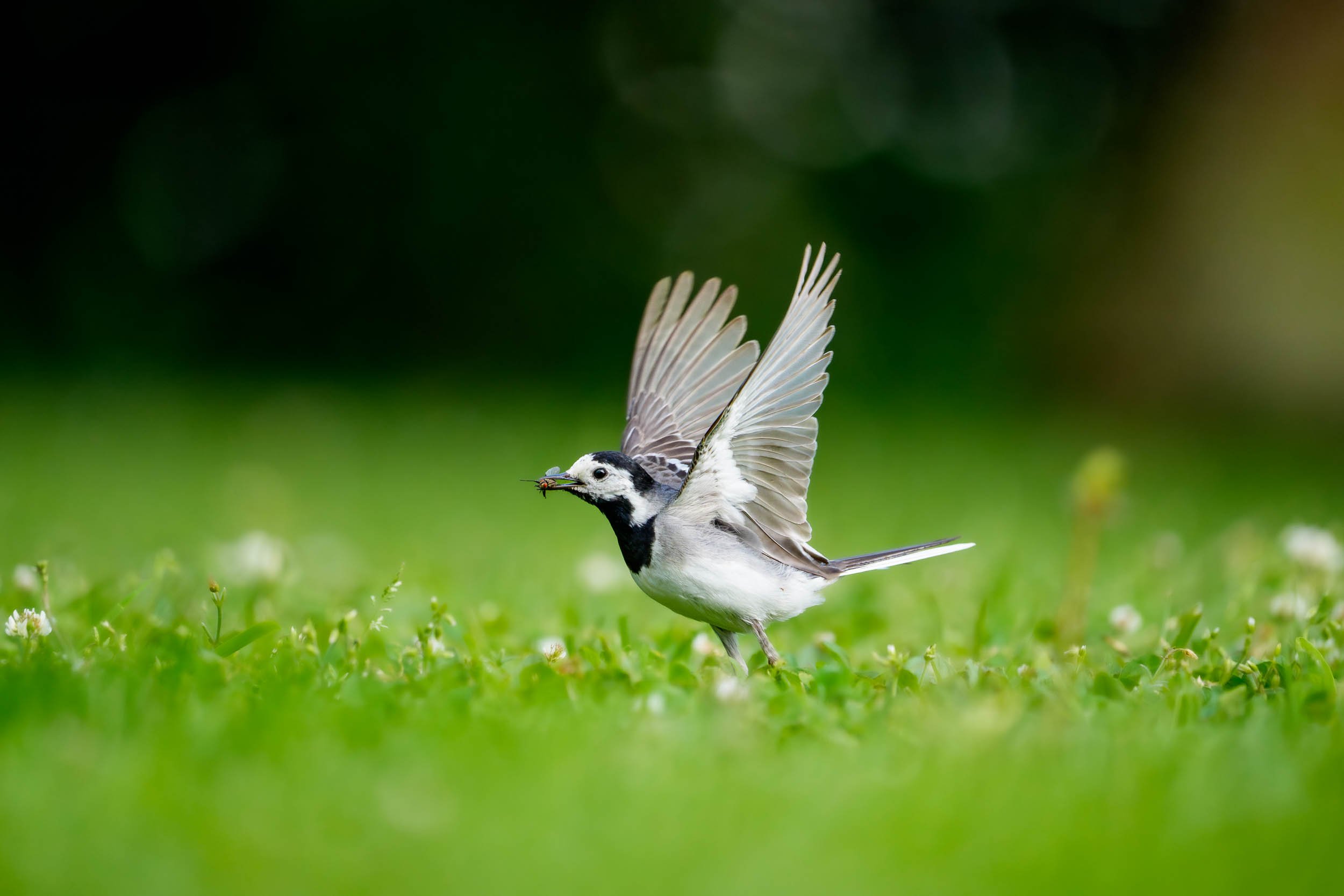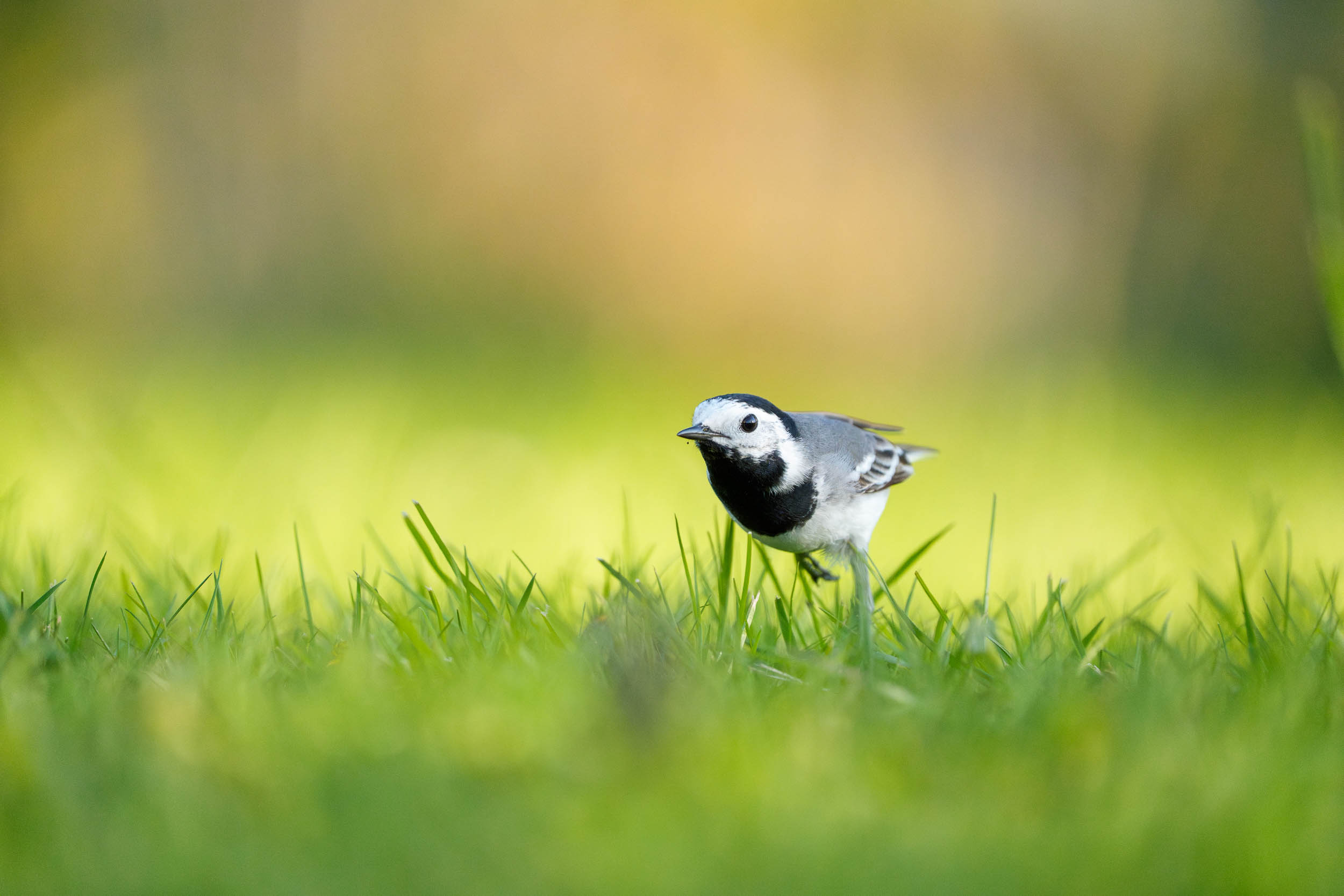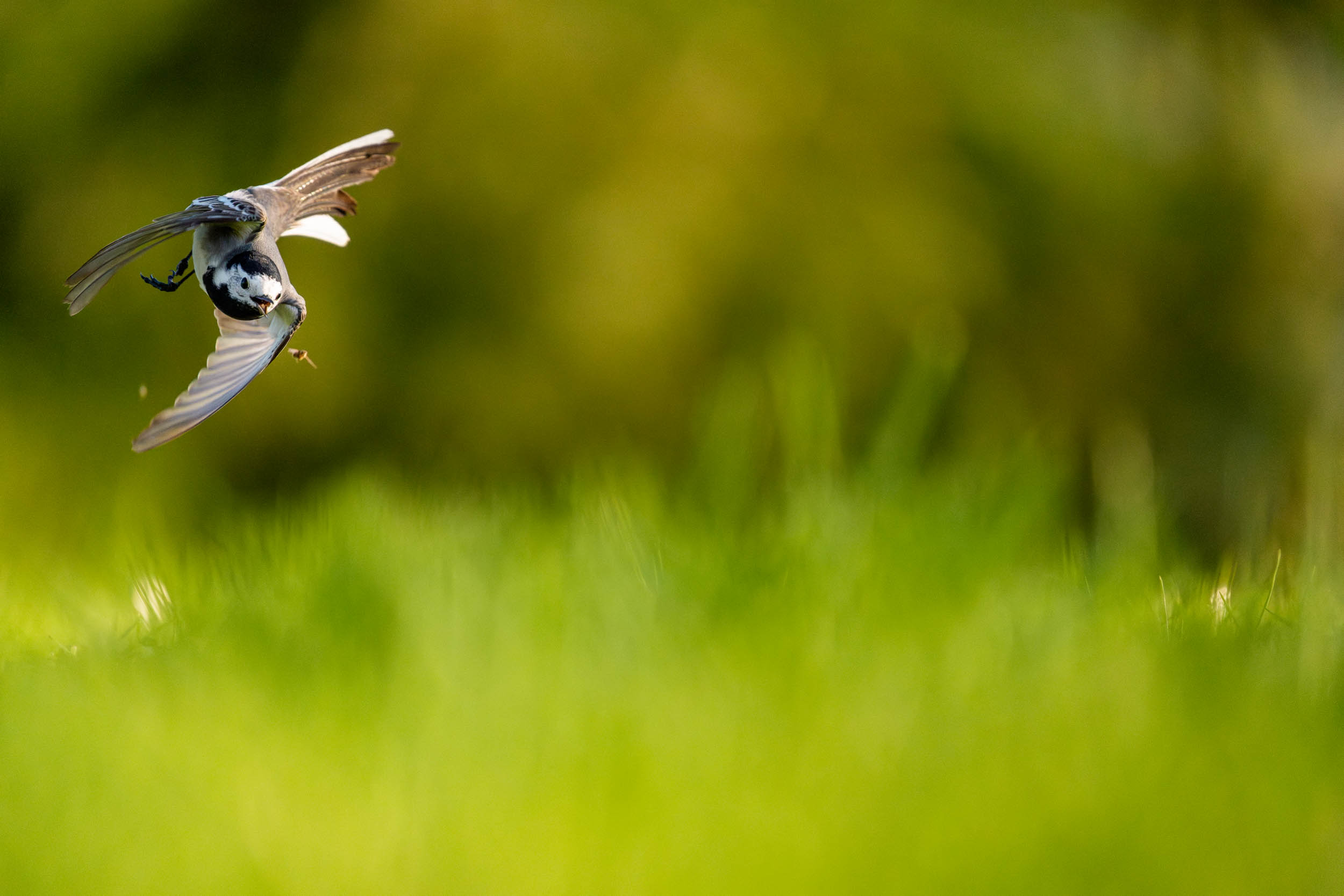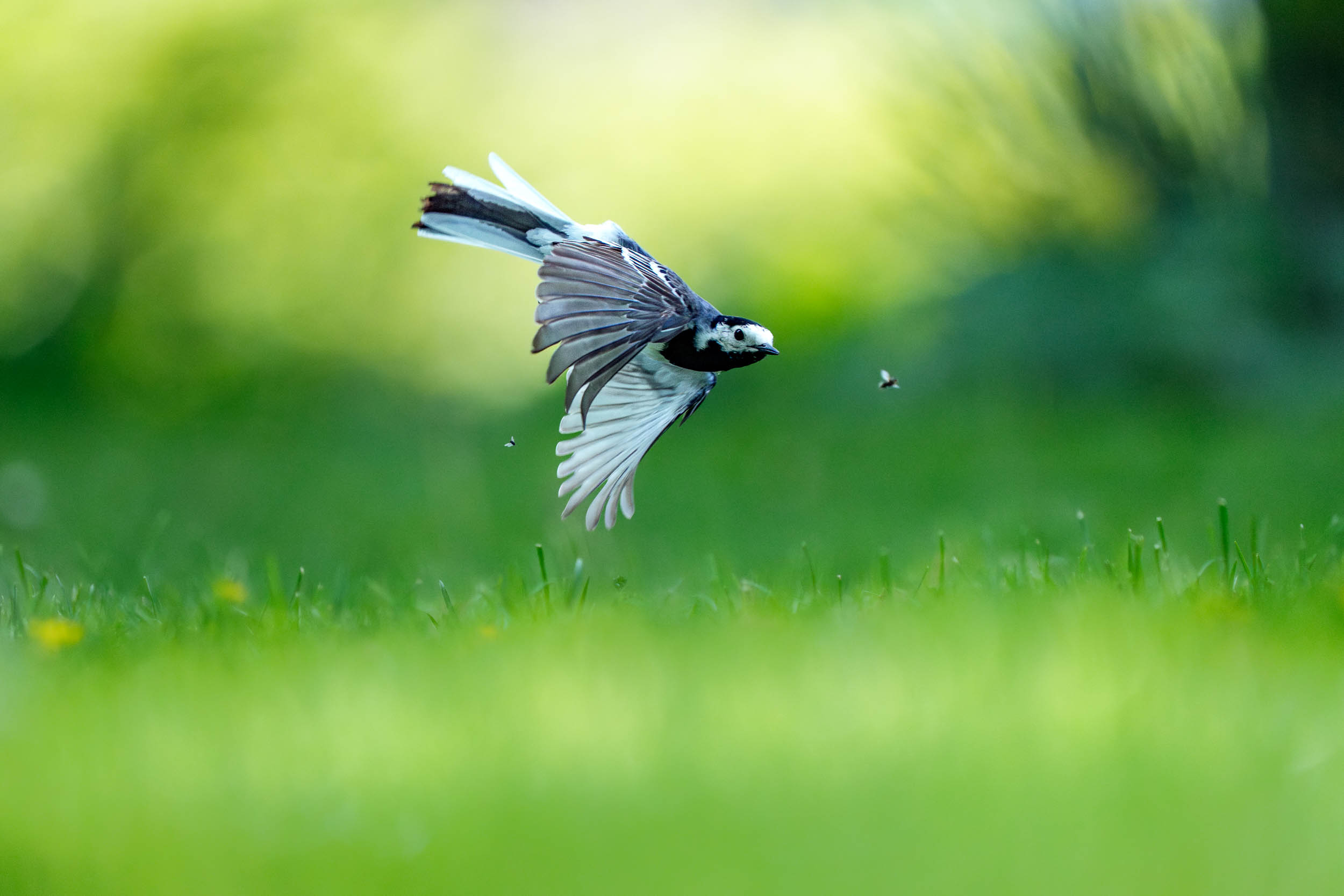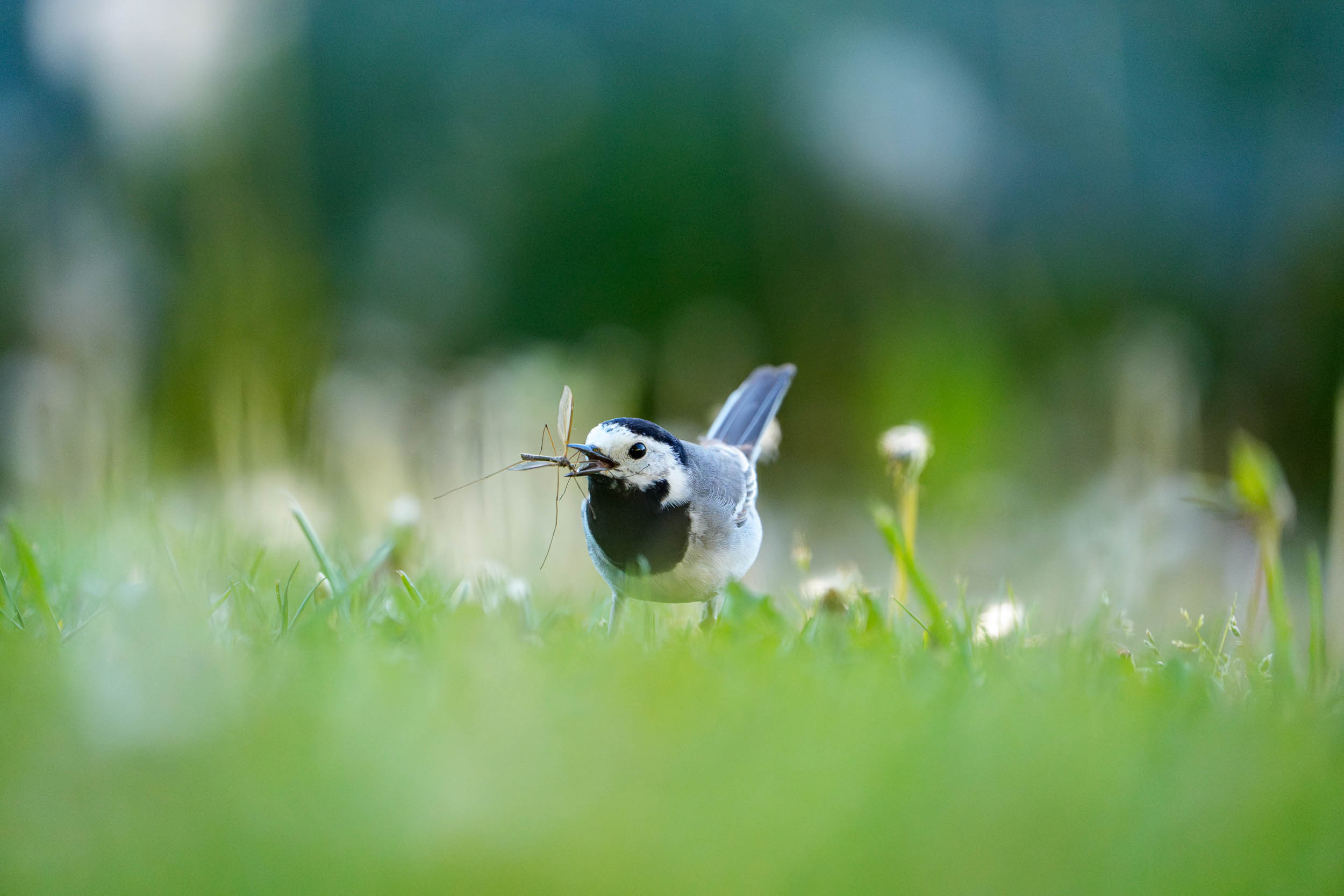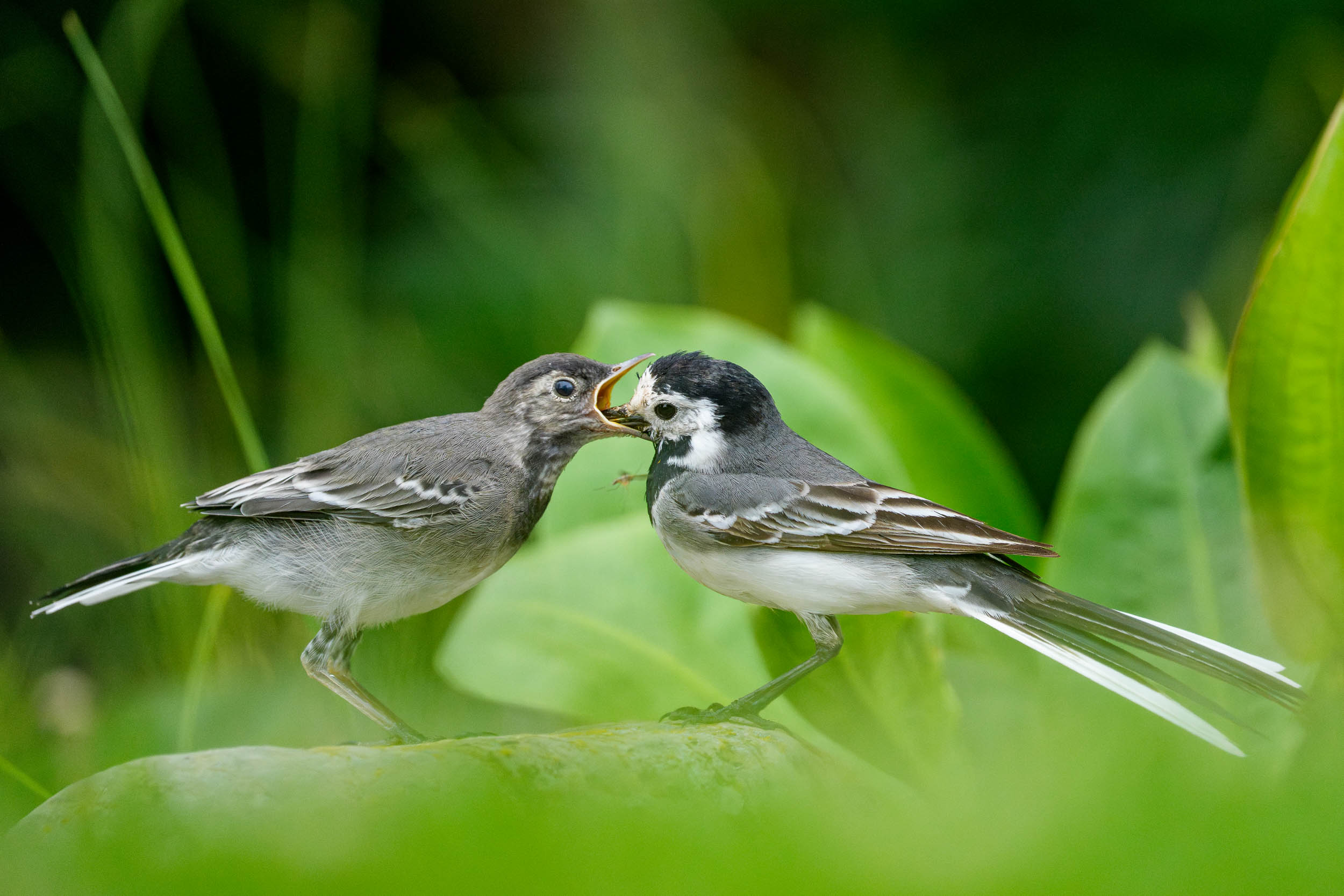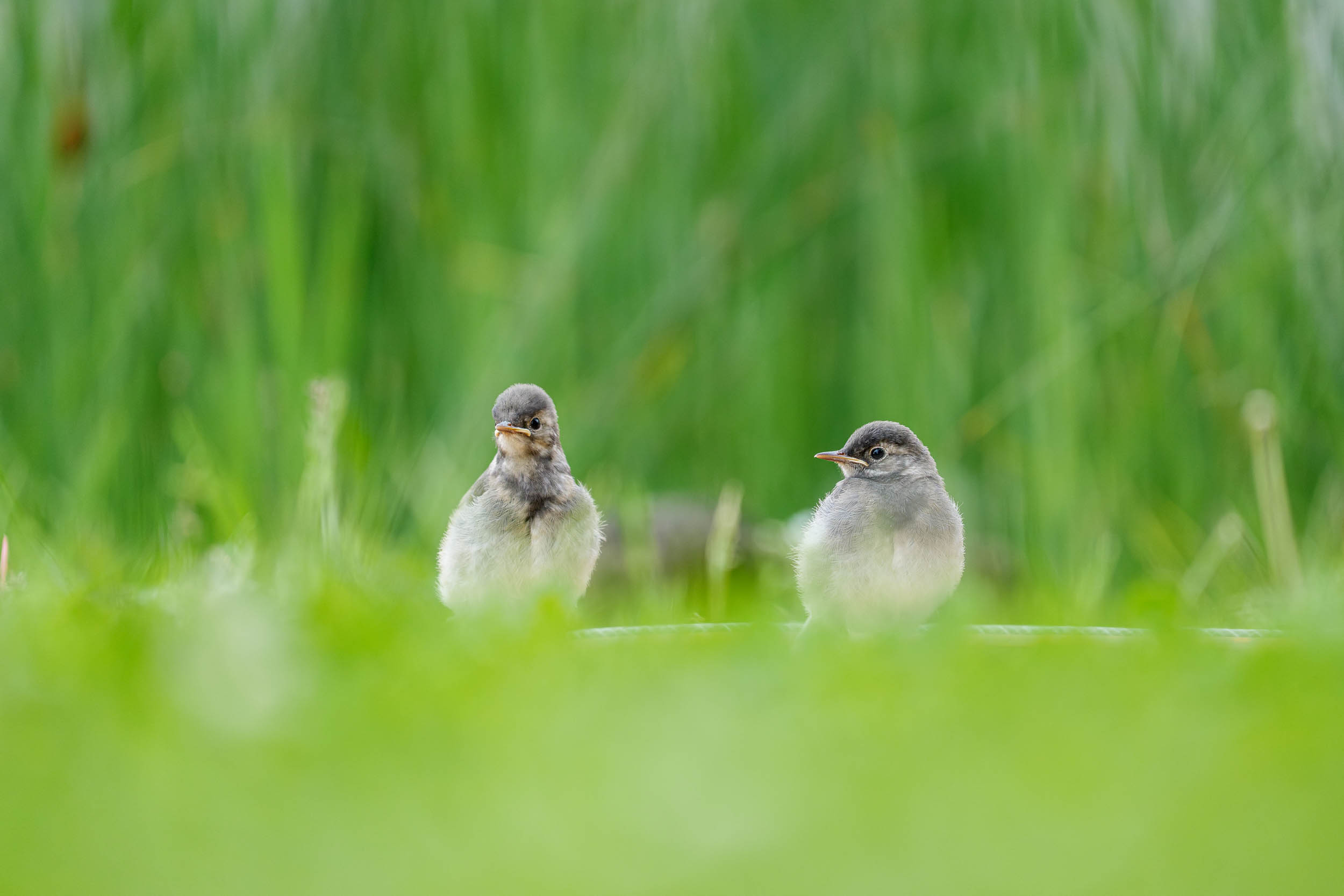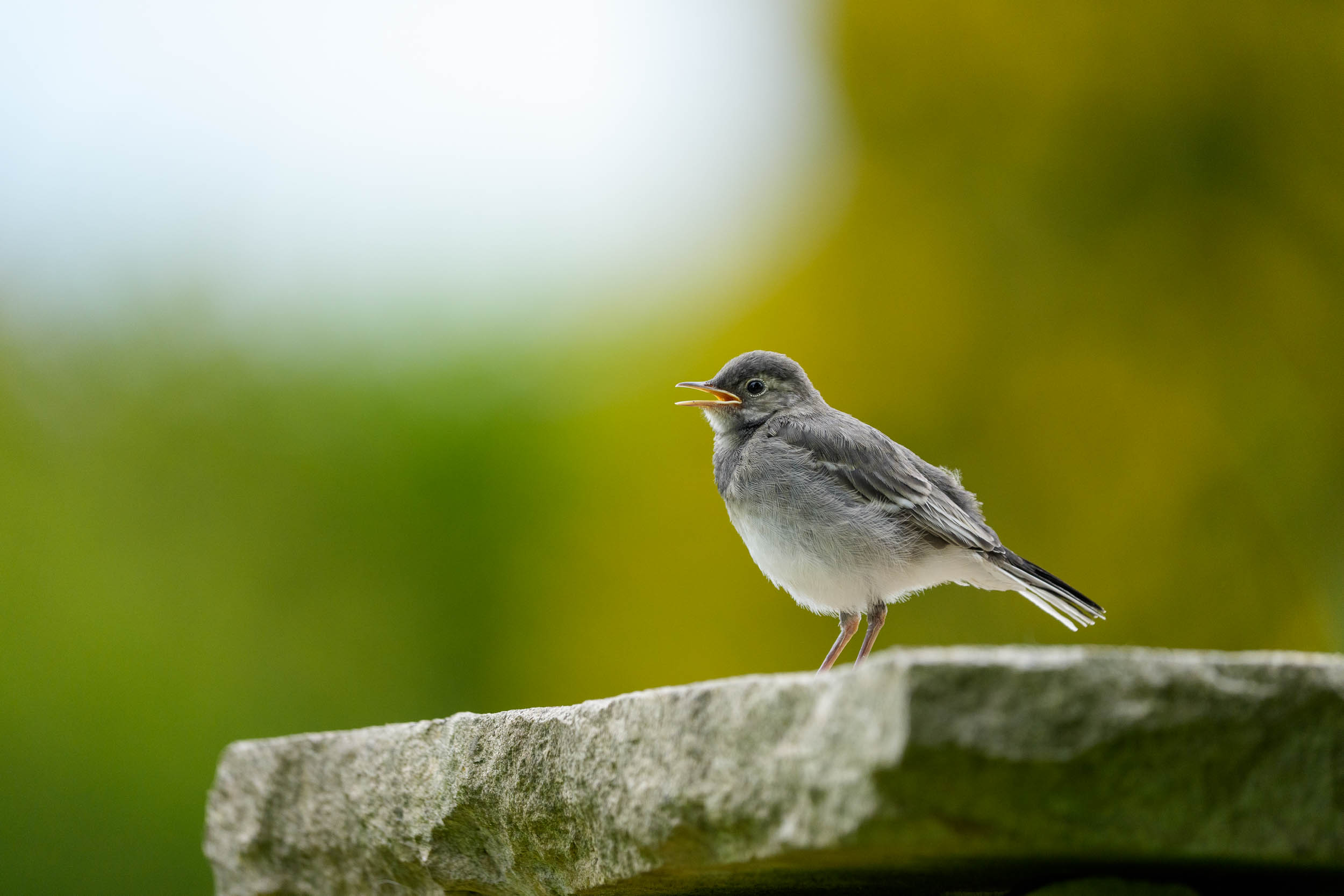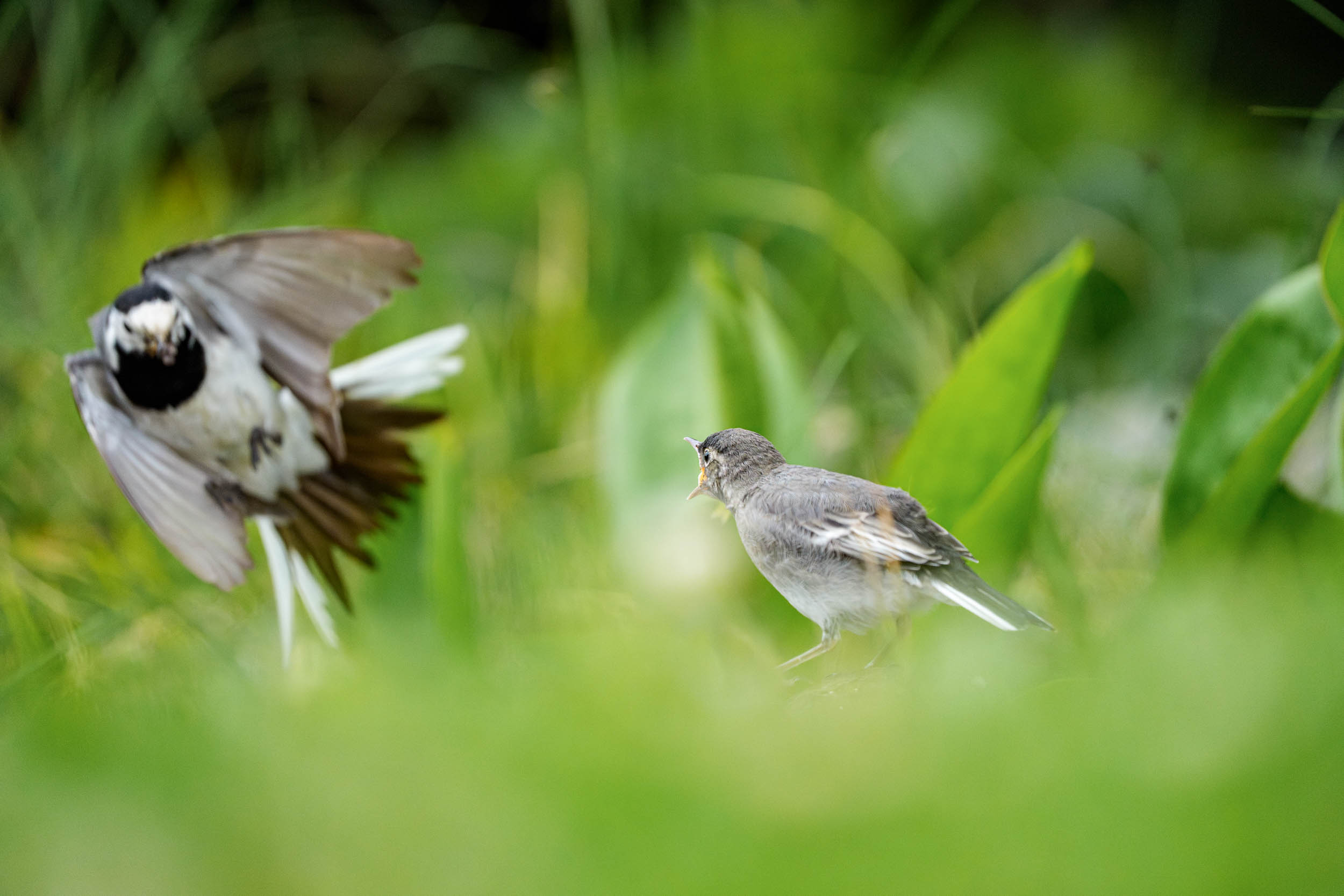Sony A1II Test 2025: Best Wildlife Camera? – 6 Months Hands-on Experience
- Marvin Kuhn
- Review , Camera
- July 2, 2025
Table of Contents
_build: list: false
The Sony A1II has been on the market for six months – and has been in my camera bag for exactly that long. As the successor to the A1, it has caused quite a stir in the community. Revolution? Not really. Evolution? Absolutely. I think: exactly the right path. In this experience report, I’ll show you why the A1II convinces me in wildlife photography – and where I still wish for more.
Technical Specifications Overview
| Specification | |
|---|---|
| Sensor | 50.1 MP Full Frame, BSI CMOS |
| Autofocus | 759 Points, incl. Eye-AF for Human, Animal & Bird |
| Burst Rate | Up to 30 fps (lossy RAW), 20 fps (lossless RAW) |
| Video | 8K 30p, 4K 120p |
| Viewfinder | 9.44 million dots OLED |
| Memory Cards | Dual Slot (CFexpress Type A & SD UHS-II) |
Unboxing & First Impressions
Right from unboxing, it was clear: this screams professional quality. The camera feels great in your hands, the controls feel familiar, with just minor tweaks. What immediately caught my attention is that Sony has refined the ergonomics. I was lucky enough to get one of the first models in Switzerland early on – thanks to Foto Video Zumstein for the support!
My Setup
If you’re wondering why my A1II looks a bit different: I’m using a protective skin and the optional vertical grip for better balance with those long focal lengths. I mainly pair the camera with the Sony 200–600mm G OSS and the 100–400mm GM – both proven telephoto zooms for wildlife photography.
In Practice: From City Swans to Wagtails
Whether it was early mornings at the lake, late nights in Zurich, or stalking through the forest – over these past months, I’ve experienced so many special moments with the A1II. This wasn’t just about testing – it was about actually working with the camera. From a wagtail’s hunting acrobatics to greylag geese in flight: the camera has been my constant companion. Let me show you how the A1II performed in these real-world situations through some concrete examples.
Scene: Greylag Geese Landing
Late afternoon. The sun was sitting low, casting beautiful warm light across the water. I was just switching my setup when I spotted a pair of greylag geese coming in for a landing. As quickly as I could, I got my telephoto back on to capture them. Right in that final turn, I nailed this gorgeous shot – the movement was so elegant, the light just perfect.
Several pairs were already down by the shore and on the water, squabbling over nesting spots or hunting for food. Right in the middle of all this chaos was a coot that couldn’t care less about the drama. It just swam right past me in this incredible backlight – the light was bouncing off the water, and I’m lying flat on the ground trying to get that eye-level shot. This created a naturally framed tunnel of bokeh balls with the coot gliding right through it.
Since coots have dark plumage and I was shooting straight into the light, keeping focus was no joke. But this is where the A1II really showed why it’s one of the top wildlife cameras out there: the autofocus was absolutely dead-on. The real challenge for me though? Actually finding the bird in the viewfinder – that backlight was brutally bright.
In post-processing, the RAW files were an absolute dream to work with. The A1II delivers incredible dynamic range, so I could balance the highlights and shadows perfectly. All those details that were practically hidden in the RAW – I could pull them out without any problems, and the image still looked completely natural.
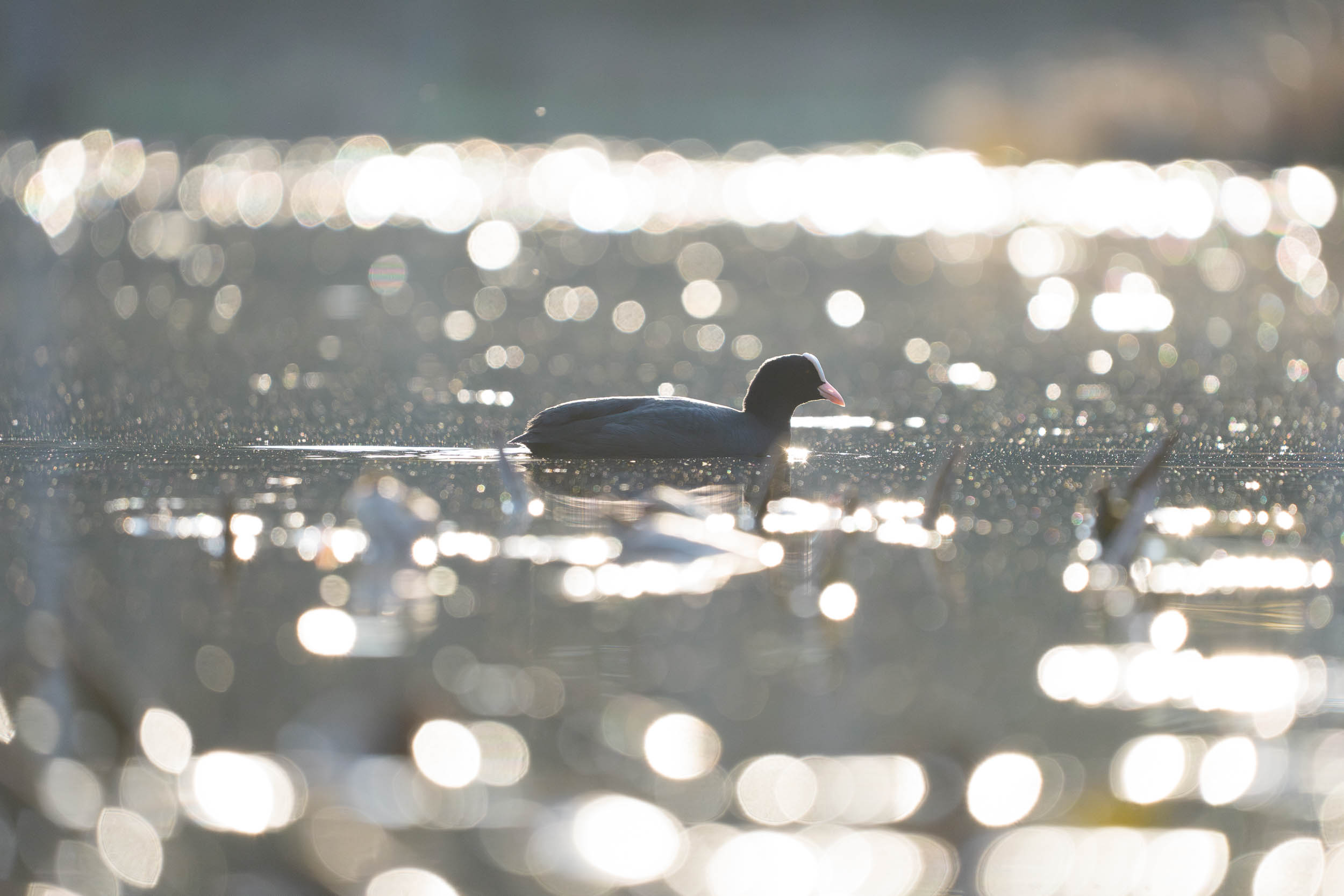
Scene: City Swans at Night
Zurich, way past midnight – I was out shooting with some photo buddies (Jean-Claude & Joram). The city was basically dead, just the quiet flow of the Limmat and some distant traffic. Under this bridge, there was a swan pair just gliding through the water, lit only by the streetlights.
To get enough light hitting the sensor, I had to shoot at shutter speeds below 1/200s and basically brace the lens right on the ground. Since these guys were moving, I had to crank the ISO up past 6400 – way higher than I’m comfortable with, but hey, you do what you have to do.
I wanted to really push this camera to its limits, so I stuck with autofocus the whole time. Sure, I could have gone manual, but dressed in my uni clothes with public transport waiting for me? Not happening. Thankfully, the autofocus held up beautifully – even at f/5.6 on the 100–400mm GM, which definitely isn’t ideal for night work.
The biggest challenge was keeping the camera steady and photographing the animals with minimal movement. Thanks to the excellent image stabilization of the A1II, camera shake wasn’t a major problem.
The images aren’t perfect – but which image ever is? Thanks to the top features of the A1II, I could still make some strong shots. With modern noise reduction in post-processing, the ISO 6400 shots could be optimized well.

Scene: The Wagtail Series
A real highlight was my small series about wagtails. Over several weeks, I observed them and was even able to witness the raising of their chicks. I spent many afternoons at a small stream – mostly when the light was soft and the birds were active but not shy.
Over time, a certain familiarity developed. The animals got used to my presence, so I could get closer without camouflage and document their behavior from close range.
The Pre-Capture mode of the A1II was particularly helpful. This allowed me to capture moments that would have otherwise been lost – like when a wagtail snapped at a fly in an elegant arc during flight. Without the buffer, I probably would have missed this moment.
The series opener was a photo of an adult wagtail taking off – with an insect in its beak. For me, this was one of those rare moments where everything comes together: sharpness, dynamics, composition. Despite shooting at ISO 3200, the image remained clear and detailed.
Another highlight was the feeding scene. An adult bird brings an insect – the chick is already waiting. The handover happens almost in mid-jump. Thanks to the high burst rate, I could capture the scene in precise image sequences. This really shows how fast and precise the A1II is.
To conclude, one of my favorite images emerged: Two fledged chicks sitting side by side, watching the adult bird hunt through the air. Curious, alert, almost synchronized. The light falls softly on their plumage – every structure visible. A quiet moment full of symbolism: care, learning, the small rhythm of everyday life in nature.
Not Everything That Glitters is Gold
The A1II can theoretically manage 30 frames per second – but in practice, I work with 20. To reach full speed, I would have to switch to lossy RAW mode, but I photograph almost exclusively in lossless RAW. For my work, this is completely sufficient in most situations. Nevertheless, I wish the boost button would automatically make the switch. This way, I could switch to 30 fps at the decisive moment without having to go into the menu first.
Even though the A9III goes one step further in terms of speed, it was quickly clear to me: I need the higher resolution. For prints, for crops, for other types of photography. The A1II is simply more versatile here – especially in wildlife work, where details count.
Regarding battery life: two batteries get me through the day, but that’s not really relaxing. An additional battery compartment in the grip, ideally modularly expandable, would be a welcome option.
The autofocus is among the strongest features of the camera – especially the Eye-AF system for birds is impressive. But in complex scenes, such as with lots of foreground or overlap, the system sometimes loses tracking, even though the subject is still clearly visible. I hope Sony will optimize this further through firmware.
And finally: the memory cards. CFexpress Type A is fast, no question. But also expensive. A 640GB card from Sony costs around 900 Swiss francs. For that money, I get a smartphone – or 16TB of SSD storage. Sure, professional tools cost money. But I still wish for better, affordable alternatives in the medium term.
Conclusion
After six months with the A1II, I can say: this camera is more than a tool – it has become a reliable partner. Sure, not everything is perfect. There are a few corners where I wish for improvements – such as with the storage medium or the flexibility in burst mode. But the overall package convinces.
The combination of high resolution, strong dynamic range, good noise control, and reliable autofocus makes the A1II the ideal camera for my wildlife work. I can capture exactly the kind of moments that are important to me – whether a wagtail in flight or a swan in night light. For me, the A1II is no revolution, but a logical and successful step forward. And above all, a camera I can rely on outdoors.
